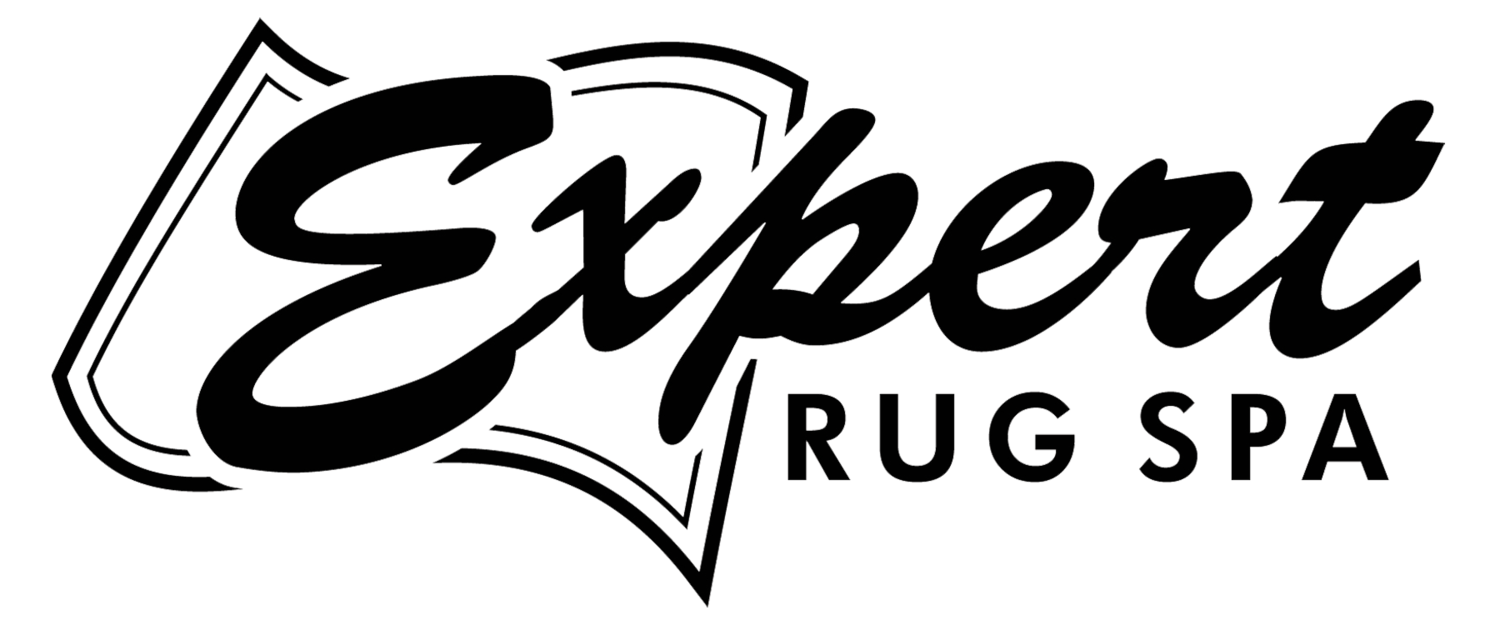Rug Fiber Type
So you need to get that rug washed. The first question any pro is going to ask is what is the rug made of? Usually there are only two important answers, but there can be several more rare ones that matter as well. The two most common are wool or synthetic. We ask this question because it greatly affects the custom process we choose to use to wash your rug.
Natural Fibers
Wool, the most common material we wash here at Expert Rug Spa, is one of several natural fibers rugs can be made of. Wool usually has vibrant colors, resists soiling, and takes a long time to develop any sort of wear pattern. Another natural fiber is silk. With colors as brilliant as wool, silk rugs have a bit of a shine to them, and they may be even softer! Some less common natural fibers to find in a rug are jute or sisal. These appear as a rope-like fiber made from grassy plants.
Washing natural fibers
The reason we need to know the type of material is that it affects directly the choices we make washing your rug. Wool washes beautifully and comes out so soft after grooming once it’s dry. Silk needs a little more care and attention at the grooming stage. Both of these natural fibers can be sensitive to pH levels. Wool has a safe pH range, if things get too alkaline the dye, or the fibers themselves could be physically damaged. It is not safe to clean wool and silk the same way we clean installed carpet in your home. Jute and Sisal should never be wet cleaned at all according to manufacturer’s recommendations. The only processes we use are wet, so we are unfortunately unable to clean jute and sisal.
Synthetic Fibers
Synthetic fibers are man made. The best of these is nylon, it is durable and cleans very well. Some other synthetic fibers that are very common are polyester, polypropylene, and olefin. These materials are relatively inexpensive compared to natural fibers or even nylon, but they have some drawbacks as well. They can attract and hang on to oily soil. They develop physical wear quickly. The worst synthetic fiber by far is known as viscose. Sometimes its called rayon. It is a chemical cocktail of plant fibers that has all of their weaknesses and none of their strengths. It is a very weak fiber and mats down and develops wear patterns very quickly. It is weaker when it is wet. It can turn brown in the presence of neutral water, it doesn’t even take an alkaline to damage it like wool. Over the course of history the manufacture of viscose has been very harmful to those involved, causing insanity and even death under poor working conditions. Viscose rayon is not currently manufactured in the U.S. because of the environmental difficulty.
Washing synthetic fibers
Nylon, Polyester, polypropylene and olefin are all very straightforward to wash. Unlike natural fibers, they can withstand some intense heat and more alkaline solutions that are necessary to break up the oily soil that they usually attract. Washing wool with the same method you would use on a synthetic rug would damage the wool. Washing a synthetic with the same method you would use on wool would not be enough to clean it thoroughly. Once again, viscose stands alone. We must stay on the acid side of the pH scale, not even clear water alone. We have to treat it carefully afterwords with a tannin to prevent unwanted browning. Once it is dry it must be groomed by hand, if not it will be crusty and hard instead of soft. This is because it was weaker when wet in the wash and laid too flat.
Washing Rugs with Expert Rug Spa
Your rugs are complex. The materials they are made of is just a small part of their character that determines what kind of custom cleaning we will do for you. If you or your rug care professional is unfamiliar with any of this, maybe it’s time to call an Expert. Want to learn more? Contact Expert Rug Spa now.

